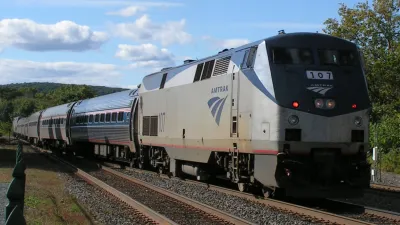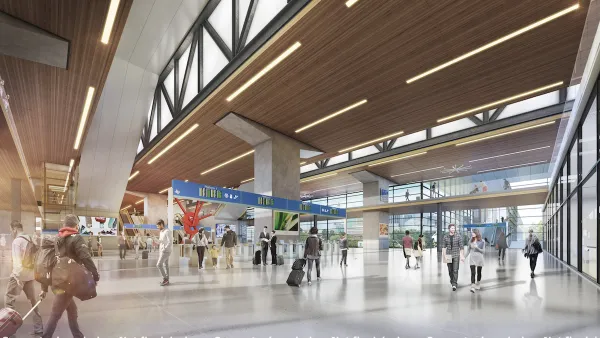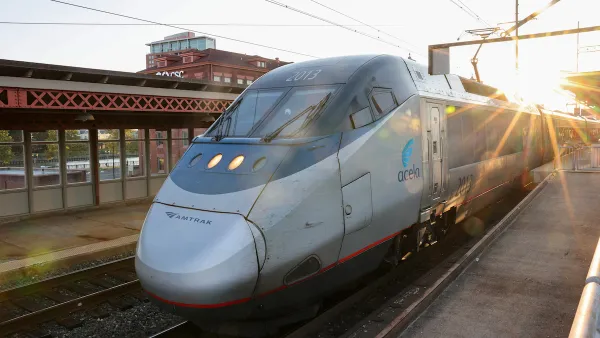In a segment for WNYC, journalist Simon van Zuylen-Wood discusses Amtrak's current status as a "national embarrassment." Decades of lackluster investment, he argues, make it difficult to prove demand in the first place.

Since its establishment in 1971, Amtrak has been a "money-losing ward of the federal government." Politicians eager to cut excess spending frequently target its low ridership, patchy service, and regular delays. Though these criticisms contain some truth, van Zuylen-wood has faith that Amtrak will "muddle through," as it has so many times in the past.
Compared to its analogues in East Asia and Europe, American passenger rail is simply an ineffective way to get around the country. A possible exception is Amtrak's Northeast corridor Acela line, which still pales in comparison to, say, Japan's shinkansen. Throughout the half-hour segment, van Zuylen-Wood covers how this inferiority came to be. Reasons include:
- During the 20th century, rail transport—freight excepted—took on a "collectivist veneer," which also hurt urban light rail.
- The possibly mistaken belief that flying is faster.
- In the United States, passenger trains share track with freight trains, which often monopolize the system.
- It is impossible to prove demand for passenger rail with no adequate initial investment.
- Other national governments see passenger rail as necessary infrastructure (how we view roads and highways) and do not demand profitability.
FULL STORY: The "Embarrassment" of Amtrak

National Parks Layoffs Will Cause Communities to Lose Billions
Thousands of essential park workers were laid off this week, just before the busy spring break season.

Retro-silient?: America’s First “Eco-burb,” The Woodlands Turns 50
A master-planned community north of Houston offers lessons on green infrastructure and resilient design, but falls short of its founder’s lofty affordability and walkability goals.

Delivering for America Plan Will Downgrade Mail Service in at Least 49.5 Percent of Zip Codes
Republican and Democrat lawmakers criticize the plan for its disproportionate negative impact on rural communities.

Test News Post 1
This is a summary

Test News Headline 46
Test for the image on the front page.

Balancing Bombs and Butterflies: How the National Guard Protects a Rare Species
The National Guard at Fort Indiantown Gap uses GIS technology and land management strategies to balance military training with conservation efforts, ensuring the survival of the rare eastern regal fritillary butterfly.
Urban Design for Planners 1: Software Tools
This six-course series explores essential urban design concepts using open source software and equips planners with the tools they need to participate fully in the urban design process.
Planning for Universal Design
Learn the tools for implementing Universal Design in planning regulations.
EMC Planning Group, Inc.
Planetizen
Planetizen
Mpact (formerly Rail~Volution)
Great Falls Development Authority, Inc.
HUDs Office of Policy Development and Research
NYU Wagner Graduate School of Public Service





























